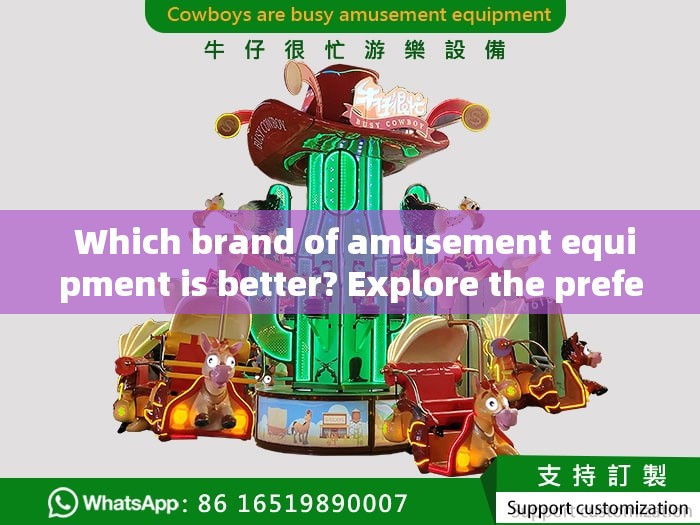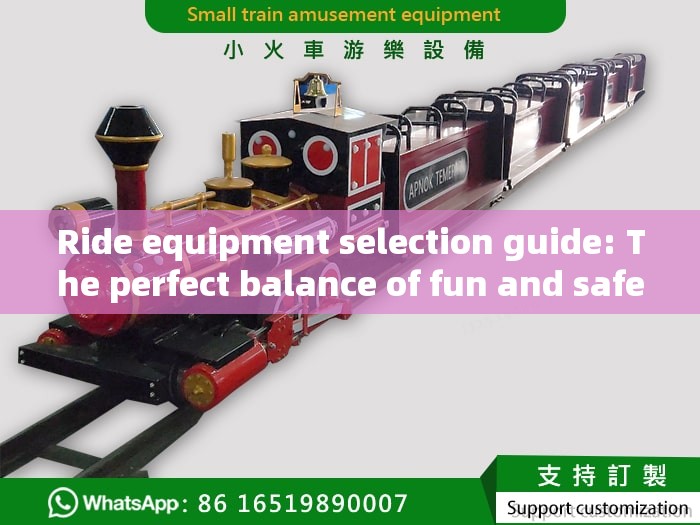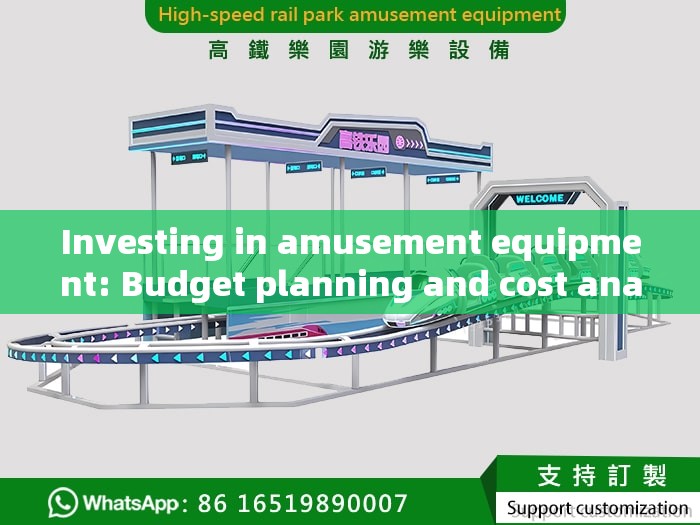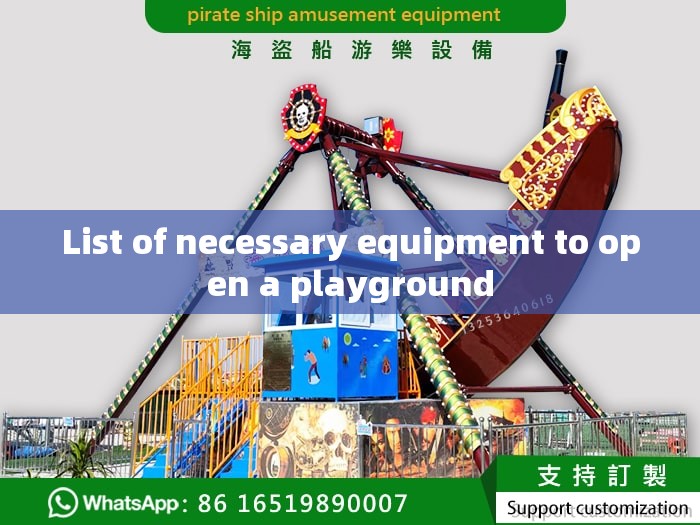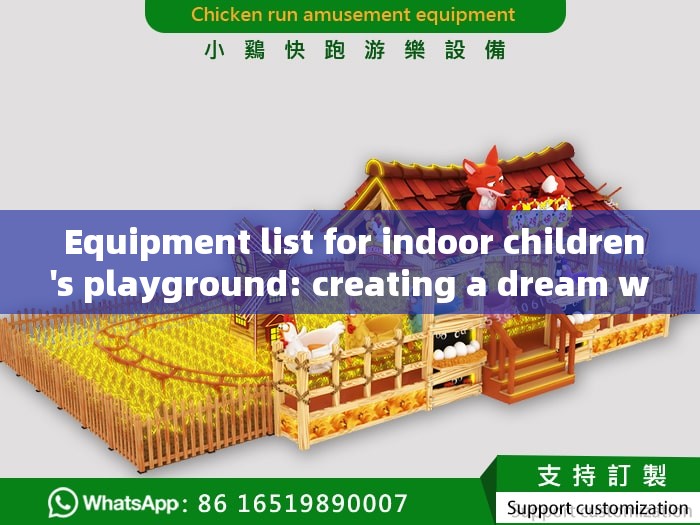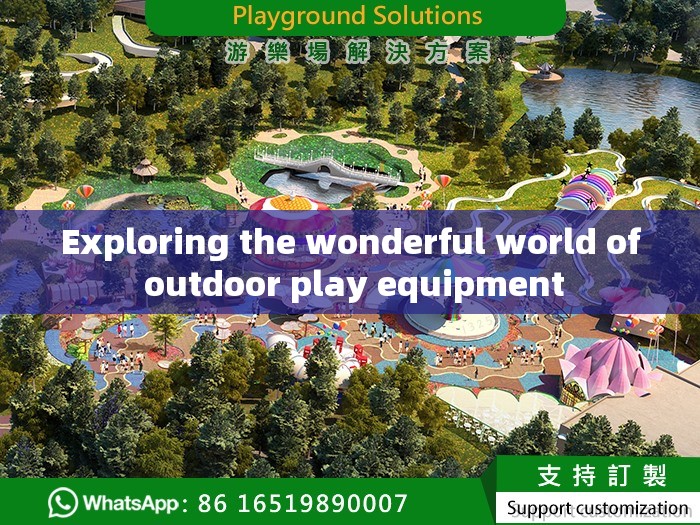In today's society, equal emphasis on children's entertainment and education has become the common pursuit of many parents and communities. As an important carrier for edutainment, children's play equipment can not only enrich children's after-school life, but also promote their physical and mental health development while playing. However, high acquisition and maintenance costs often make many schools, kindergartens and communities prohibitive. Based on this background, an innovative cooperation model-free delivery of children's play equipment came into being, aiming to provide more happy times for children and also bring a win-win situation to both parties.
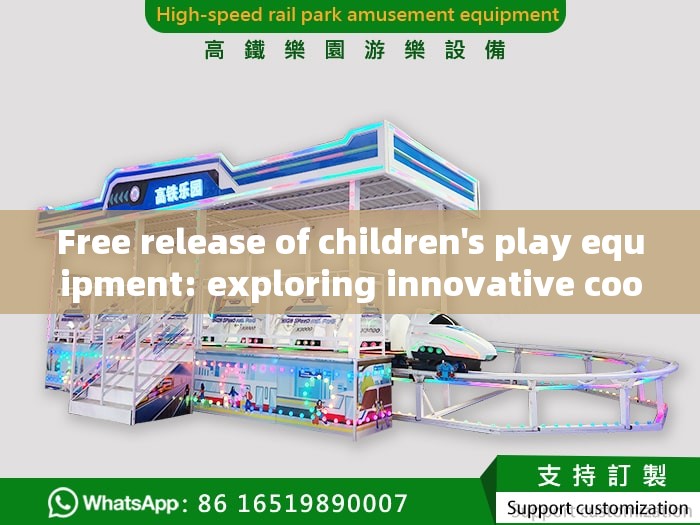
The core of the cooperation model of releasing children's play equipment for free lies in the in-depth collaboration between equipment suppliers and demanders (such as schools, kindergartens, shopping centers, community centers, etc.). Specifically, the supplier is responsible for providing the installation, regular maintenance and update of amusement equipment, while the demander provides the venue and certain publicity support. Under this model, equipment suppliers seem to bear all the initial investment, but in fact achieve profits through advertising placement, brand exposure, and possible additional services (such as parent-child activity organizations, play card sales, etc.) in later operations, forming a sustainable business chain.
For demanders, free access to high-quality children's play equipment can not only significantly enhance the attractiveness of the venue and increase passenger flow, but also serve as an important measure to improve the quality of community services and enhance residents 'happiness. Especially for educational institutions, it can enrich teaching content, enhance students 'campus life experience, and help build a more harmonious and positive campus culture.
It is worth noting that the key to the successful implementation of this cooperation model lies in in-depth communication and trust building between the two parties. Equipment suppliers need to ensure the safety, fun and educational significance of amusement equipment, while flexibly designing profit models to avoid placing additional financial burdens on demand sides. The demand side needs to provide stable venues that meet safety standards, actively participate in the daily management and maintenance of equipment, and jointly create a good play environment.
In addition, in order to ensure the long-term nature and stability of cooperation, both parties should sign a detailed cooperation agreement to clarify rights, responsibilities and benefits, including but not limited to the equipment's service life, maintenance standards, income distribution methods, liability for breach of contract, etc. At the same time, establish a regular communication mechanism to promptly resolve problems arising during the cooperation process to ensure the smooth progress of cooperation projects.
The cooperation model of releasing children's play equipment for free is not only an innovative breakthrough in traditional business models, but also a positive contribution to children's education and community cultural construction. It allows the seeds of happiness to take root and sprout in the hearts of children, and also adds a touch of bright color to the harmonious development of society. With the continuous exploration and improvement of this model, we have reason to believe that more children will grow up healthily in this world full of laughter in the future.

